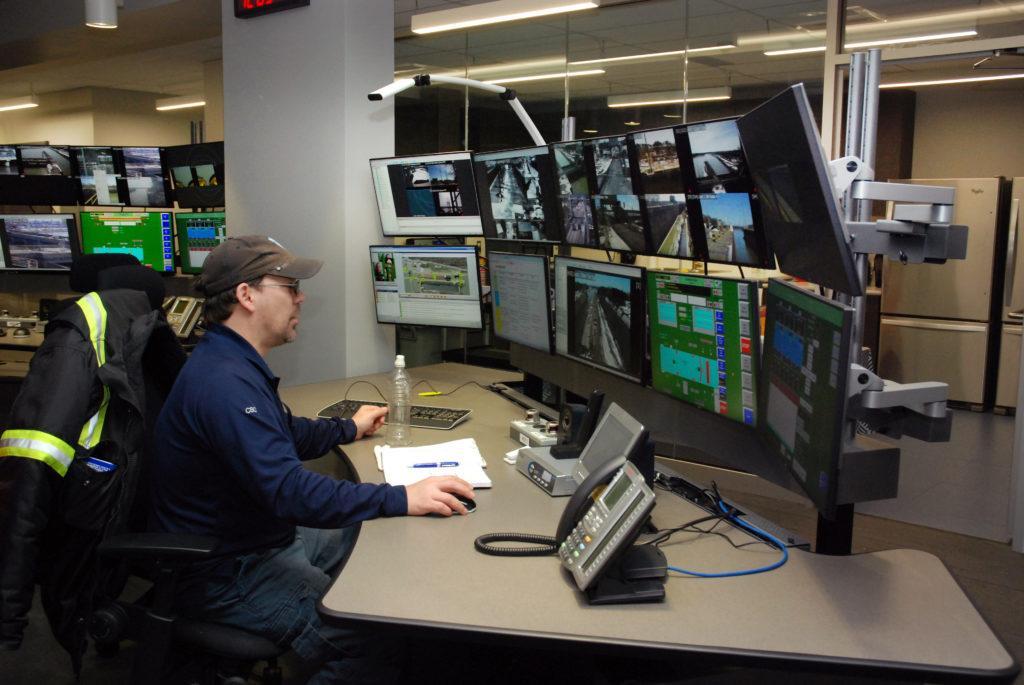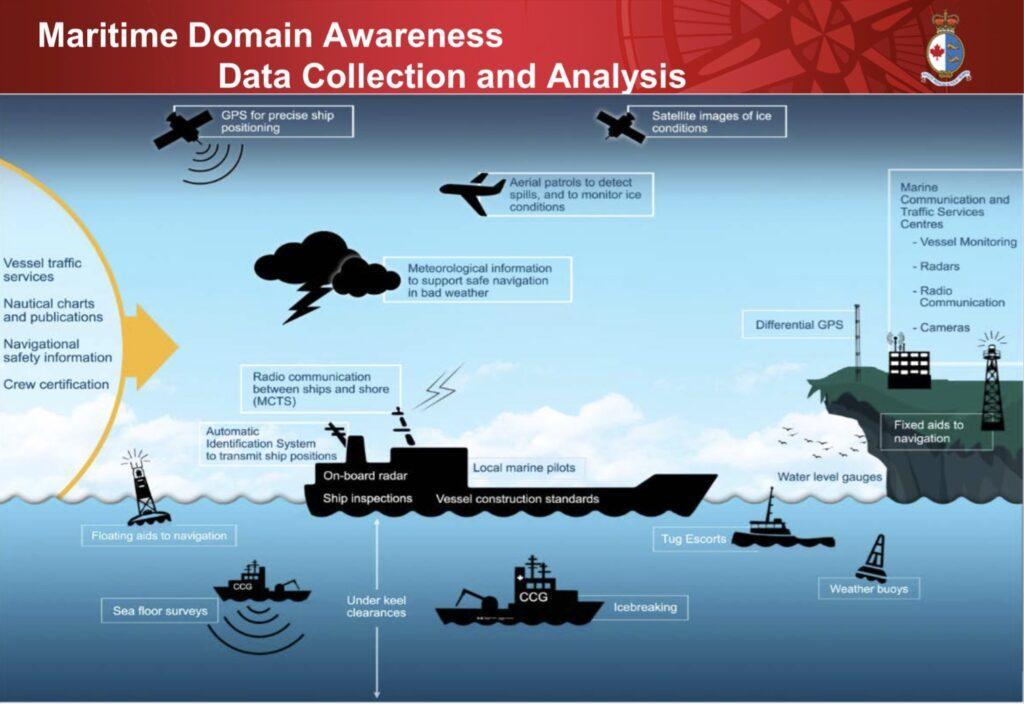Moving cargo safely is the top priority for the marine transportation industry, which works to maximize protection of people, property and the environment. Comprehensive regulatory oversight, investments in advanced navigation technology, and extensive mariner training programs have produced significant safety achievements.
Transporting goods by ship keeps the public safe. The Great Lakes-Seaway marine industry works in partnership with federal, state/provincial and local government to develop contingency plans to be prepared in the event of marine emergencies. Given the bi-national nature of these waters, the U.S. and Canada have a number of formal cooperative agreements, which are continuously tested, evaluated, and improved.

The rate of collision-related injuries for Great Lakes shipping is 17 times lower than the national rate for Canadian freight railways and 70 times lower than U.S. Class 1 freight railways.
Canadian and American mariners not only receive specialized educations, but have also been licensed by government authorities. Did you know it takes a minimum of between 6 to 8 years to become certified as a Captain of a vessel? Complete authority is vested in the captain, who is responsible for all aspects of ship operations. Under the captain’s direction is a cadre of professional officers. These include the first mate (chief mate), the second mate, and the third mate. Each of these individuals have either graduated from an accredited maritime academy, or worked their way up through the ranks of unlicensed crew positions, accumulating years of experience, and taking training courses.
Any foreign ship entering Canadian or American coastal or inland waterways from overseas is required to hire an American or Canadian pilot to assist with navigation in compulsory pilotage areas. Pilots are expert navigators who are familiar with local geography, weather, currents and sailing conditions. The pilot’s expertise supplements the captain’s expertise to ensure safe navigation.
This Canadian Coast Guard slide provides a good visual overview of all of the various technological components and data sources that contribute to our safe and secure marine transportation system. The St. Lawrence Seaway was the first waterway in North America to use an Automated Identification System in 2002, and today that operates throughout the Great Lakes-Seaway basin. Every ship is equipped with a (AIS) transponder that transmits the vessel’s exact location, speed and course to other vessels and traffic control centers. The Seaway also uses this system to relay safety information such as wind speed and direction, water-level information, ice-conditions, lock dispatches. The system can show a vessel captain where two ships are likely to meet if they remain on their current course headings. The system can also pinpoint the exact location of a grounded vessel. Within seconds of an incident, vital information can be compiled on the vessel’s cargo, the water current, weather, and water levels, the pilot on board, and the owner/operator/agent of the ship. Having such information readily available has dramatically improved incident response capabilities.
